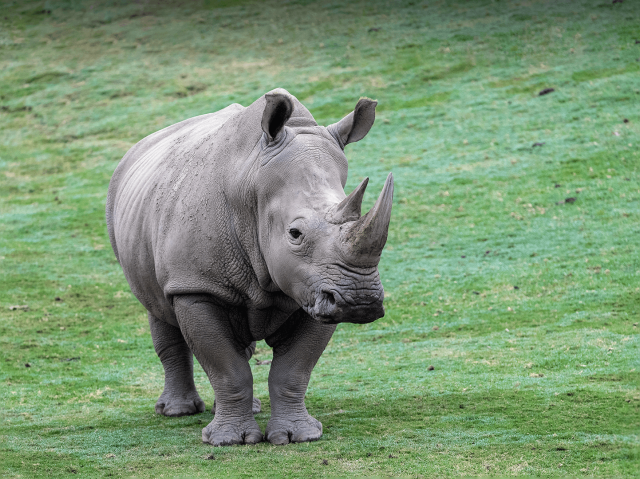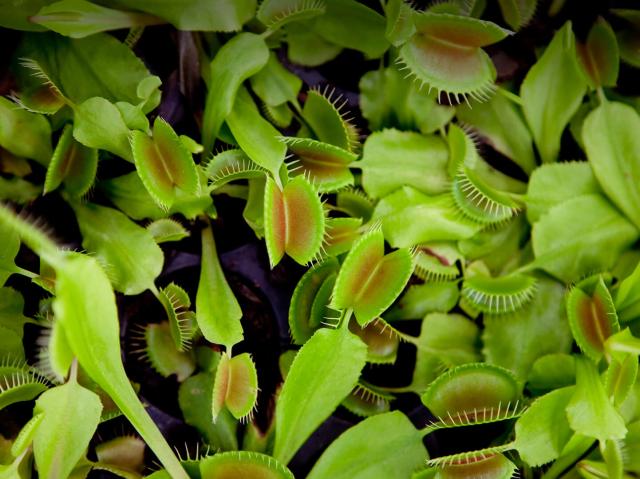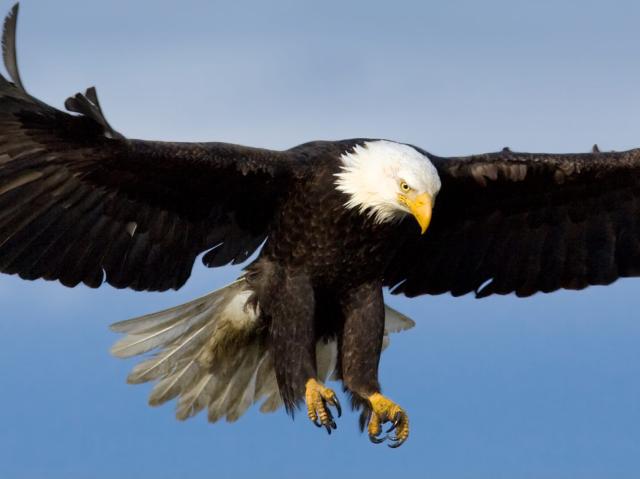
‘Alalā (Hawaiian crow)

- Class: Aves (birds)
- Order: Passeriformes
- Family: Corvidae
- Genus: Corvus
- Species: hawaiiensis

ABOUT
‘Alalā Corvus hawaiiensis, also known as Hawaiian crows, are endemic to the Hawaiian Islands and found nowhere else in the world. Revered in Hawaiian culture, these medium-sized birds with dull black feathers are social, extremely intelligent, and well-known for their raucous calls. While ‘alalā populations have experienced a sharp and drastic decline over the last century, their story is also one of hope. San Diego Zoo Wildlife Alliance and our partners are working tirelessly to save this rare crow, so that sustainable populations can fly through their home forests once again.
HABITAT AND DIET
‘Alalā once lived in dry and semi-dry forests in the South Kohala, Kona, Kaʻū, and Puna districts of the Hawaiian Islands, ranging in elevation from 1,000 to 8,200 feet. Bones of ‘alalā or a close relative have been found on Maui, indicating a wider distribution at some point in the past. The last ‘alalā in its native habitat was thought to have been confined to higher elevations in South Kona. 'Alalā became extinct in their native habitat in 2002, and the world’s only remaining individuals came to two conservation centers operated by San Diego Zoo Wildlife Alliance conservation scientists and our partners, in an effort to save the crows.
‘Alalā are omnivorous, primarily eating native Hawaiian fruits and insects, and occasionally eggs and nestlings of small birds. As fruit eaters, ‘alalā play a vital role as seed dispersers in their native ecosystem. Seeds that pass through their digestive system propagate throughout their native forests as they fly from tree to tree, providing more food and shelter for other wildlife and helping to maintain the islands’ rich biodiversity.
‘Alalā hide from predators among understory shrubs. Their natural predator, the ‘io (or Hawaiian hawk) is also an endangered species. Introduced predators like cats, rats, and mongooses caused ‘alalā populations to plummet, as well as those of many other island birds, as they did not have the necessary adaptations to avoid these larger predators.
FAMILY LIFE
‘Alalā typically form long-term pairs, but extra-pair mating has been observed. In March, pairs begin constructing nests together. They most commonly choose ‘ōhi‘a Metrosideros polymorpha trees for their nest sites.
Breeding occurs between March and July. ‘Alalā lay one to five greenish-blue eggs at a time, though usually only two survive. Only females incubate and brood the eggs. However, males often take a lead role in feeding nestlings and fledglings. Parents continue to feed their chicks until they are at least eight months old.
‘Alalā are known for their loud and varied calls. They communicate with at least 34 different types of calls, including squeals, growls, and human-like cries.
CONSERVATION
Once common throughout their range on Hawai‘i Island, the precipitous decline of the ‘alalā began more than a century ago. Facing a perfect storm of threats from invasive predators, disease, and habitat loss, the ‘alalā seemed destined to follow the fate of the other four native Hawaiian corvid species and disappear forever. The ‘alalā conservation breeding program was formally established in 1993 by The Peregrine Fund, then transferred to San Diego Zoo Wildlife Alliance in 2000. It is the flagship program for our Hawai‘i Endangered Bird Conservation Program, a joint partnership with U.S. Fish and Wildlife Service, the State of Hawai‘i Department of Land and Natural Resources Division of Forestry and Wildlife (State of Hawai‘i DLNR DOFAW), and the University of Hawai‘i.
Because ‘alalā are rare and there was little existing information about their ecology and natural behavior, conservation scientists initially faced the challenge of developing new protocols regarding the birds’ care and conservation. Specialists from wildlife care, veterinary medicine, wildlife diseases, behavioral ecology, and other areas worked together to create best practices for care and reproduction, often learning “on the fly.” We’ve learned about everything from nest quality and mate selection to parental age and relationships. Now, we are embarking on the most critical phase of ‘alalā recovery: reintroduction and reestablishment in their native habitat.
All ‘alalā remaining in the world are cared for at the Keauhou and Maui Bird Conservation Centers, managed by San Diego Zoo Wildlife Alliance's Hawai‘i Endangered Bird Conservation Program through a partnership with U.S. Fish and Wildlife Service and the State of Hawai‘i Division of Forestry and Wildlife, as well as many additional community partners. Together with our partners, San Diego Zoo Wildlife Alliance is working to increase the ‘alalā population and reintroducing mature individuals into their native forests.
Partnerships and collaborations are vital to success, so a multipartner working group was established. Together, we devised a reintroduction plan. First, our partners and other organizations worked to address threats to ‘alalā recovery in their habitats, including large-scale efforts to remove invasive predators and restore forest habitat. After we and our partners experienced initial challenges reintroducing ‘alalā in 2016, we reintroduced 28 young ‘alalā to the Pu‘u Maka‘ala Natural Area Reserve on Hawai‘i Island between 2017 and 2019.
Our ʻalalā conservation breeding program has resulted in an incredible increase in the population, from fewer than 20 birds in the late 1990s to more than 100 birds today. Our program starts with observing ʻalalā breeding activity using remote cameras. In preparation for reintroducing birds that will one day reproduce in their native habitat, we are committed to an approach that offers pairs the time and space to breed on their own. This helps ensure their later success upon reintroduction into their native habitats.
Our challenge continues to be teaching the ʻalalā the skills that they need to thrive and breed successfully after reintroduction. During the last series of reintroductions, our conservation team reintroduced and observed ʻalalā in native forests on the slopes of Mauna Loa. We learned that reintroducing birds in a social group and offering them supplemental food results in high survival for the first year after reintroduction. We also work on teaching predator-avoidance behaviors, to encourage ʻalalā to respond faster to their natural predator, the ʻio, or Hawaiian hawk. Recovering these iconic Hawaiian endemic birds will continue to require innovation and collaboration, so that they will thrive in their native forests.
Our ‘Alalā Community Inquiry Program supports Hawai‘i Island science teachers with scientifically relevant and culturally significant curricular activities and empowers students to ask original questions and construct experiments for answering them. We hope that by engaging in scientific investigations focused on the ‘alalā, students will discover for themselves their ecological significance and be inspired to act in an environmentally responsible manner on their behalf.
By joining San Diego Zoo Wildlife Alliance as an ally for wildlife, you can help save critical species like ʻalalā.
LIFE SPAN
About 20 years
SIZE
Length: 20 inches, adult
Weight: About 1 pound
YOUNG
Incubation: 20 to 25 days
Number of eggs laid: 1 to 5 in a clutch
Age of maturity: 2 years old for females; 2 to 4 years old for males
FUN FACTS
Like other birds in the crow and raven family, ‘alalā are extremely intelligent. They have been observed using twigs as tools to reach food, a behavior naturally exhibited by only one other corvid—the New Caledonian crow.
Fewer than 20 ʻalalā remained in the late 1990s. Today, there are more than 100 individuals due to the tireless efforts of our conservation scientists and conservation partners.










